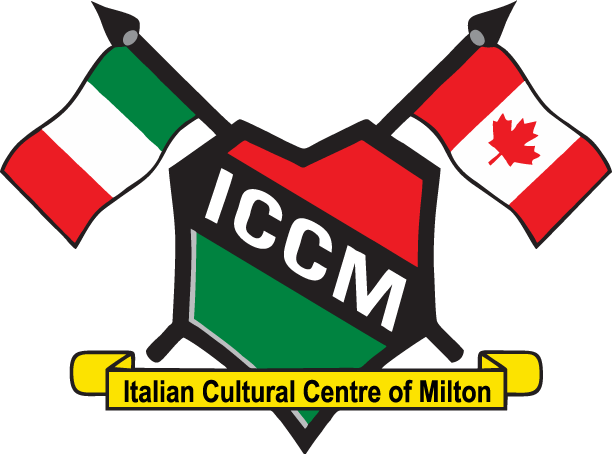Lazio or Latium
Lazio is located in the central area of Italy. The southern area of the region is bounded by Campania, the east area with Molise and Abruzzo, the northern area is enclosed by Marche, Umbria and Tuscany and the west area with the Tyrrhenian Sea. Due to its geographical location Lazio is sometimes described as the Heart of Italy. Rome is the most famous city in Lazio. It is the most travelled tourist destination in Italy. Rome is the third most visited city in Europe and the fourteenth in the world. Rome is famous for being the home of the Roman Empire, Vatican City, as well as its art and architecture.
At its height, the Roman Empire was one of largest and wealthiest empires in the world. It lasted for approximately 1,000 years. However, this empire had simple beginnings. Historians have determined that Rome began as a collection of small settlements located on seven hills near the Tiber River in Italy around 753 BCE. Although Vatican City is surroundedstate. Vatican City consists of 110 acres and it home to the Peter’s Basilica and St. Peter’s Square, the Vatican holds, by Rome, it is a state in itself. The Pope is the head of this Catholic Church. Most of this tiny state is covered many of Italy’s Masterpieces.
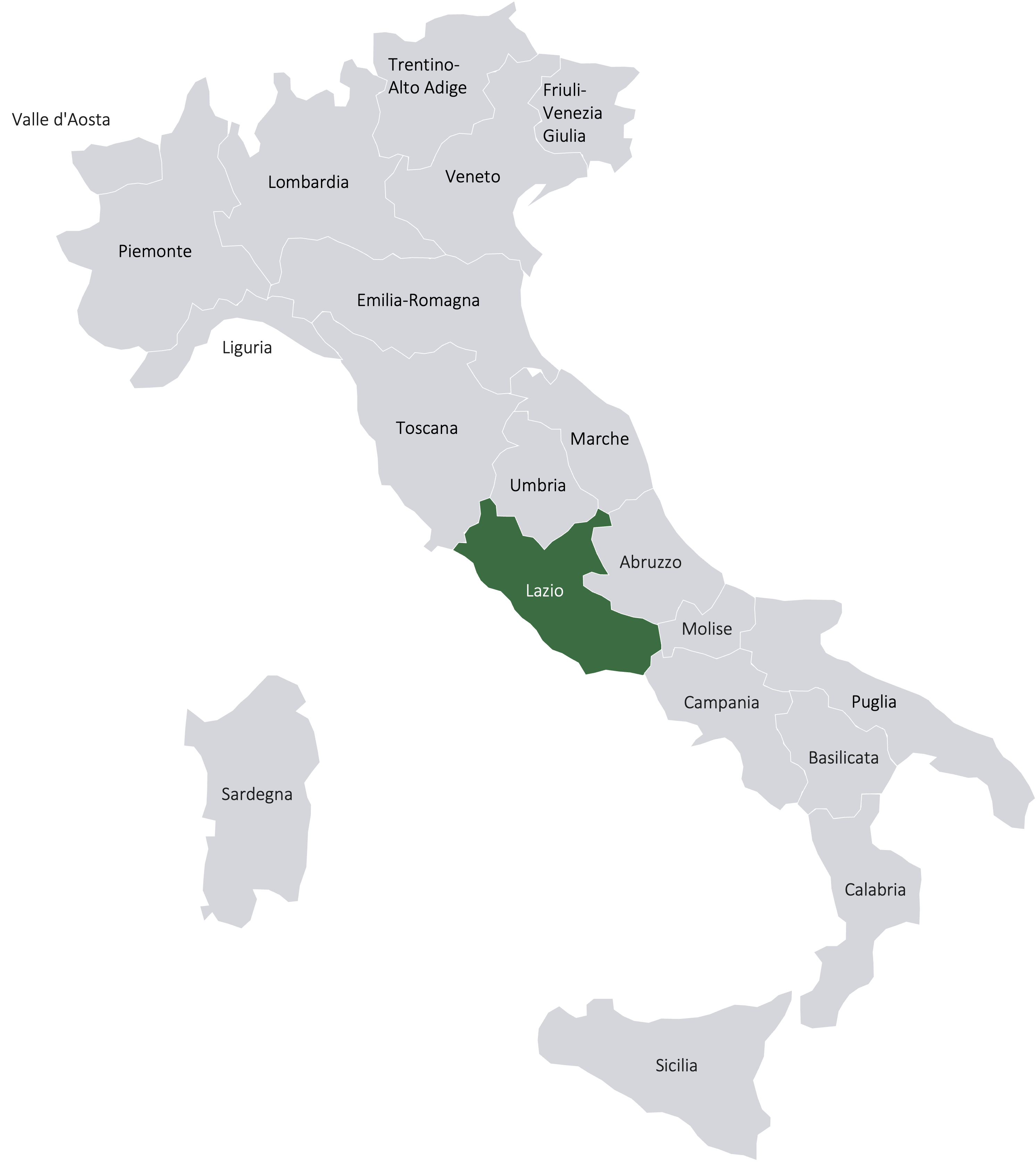
Capital – Rome
Rome is the capital of Lazio as well as the capital of Italy. It was founded in 753 BC and is the oldest city in Europe. Its history spans 28 centuries. It is the oldest occupied city in Europe and its population consisted of Latins, Etruscans, and Sabines. It later became the capital of the Roman Empire.
It is known as the “Eternal City” because Romans believed that no matter what happened in the world, Rome would always survive. Rome is home to the Colosseum, Roman Forum, the Pantheon, St Peter’s Basilica, Spanish Steps, and many more. It is filled with priceless art treasures, architecture, Byzantine mosaics, Renaissance frescos, churches, and Medieval piazzas. Masterpieces from Rome come from numerous artists, Michelangelo, Raphael, Bernini, and Caravaggio to name a few. Rome is the 11th most visited city in the world each year, the 3rd most visited in Europe, and the number one attraction in Italy.
Foods of Lazio

Saltimbocca alla Romana
Meaning “it jumps in your mouth”. It consists of tender veal cutlets wrapped in prosciutto and sauteed in white wine.

Penne all Arrabbiata
Penne pasta prepared in a hot sauce made with tomatoes.

Pizza Bianca
A white pizza usually topped with only olive oil, salt, and rosemary.

Spaghetti Aglio e Olio
Spaghetti tossed with garlic and chili pepper sauteed in olive oil.

Suppli
Deep fried rice croquettes filled with mozzarella. The rice is always precooked with tomato and meat sauce.

Cacio e Pepe
Spaghetti with pecorino romano cheese, salt, and ground black pepper.

Pizza al Tagio
Pizza baked in a rectangular shape. It is a popular lunch item.
UNESCO World Heritage Sites in Lazio
Historic Centre of Rome
Metropolitan City of Rome, Capital
The city of Rome was the centre of the Roman Empire and later of the Christian world. It is home to a large number of major monuments of antiquity, including the Colosseum (pictured), the Pantheon, and the Roman Forum, as well as buildings from the Renaissance and Baroque periods. Originally listed as the “Historic Centre of Rome”, the site was expanded in 1990 and renamed to the current name. Another boundary modification took place in 2015. The site is shared with the Holy See.

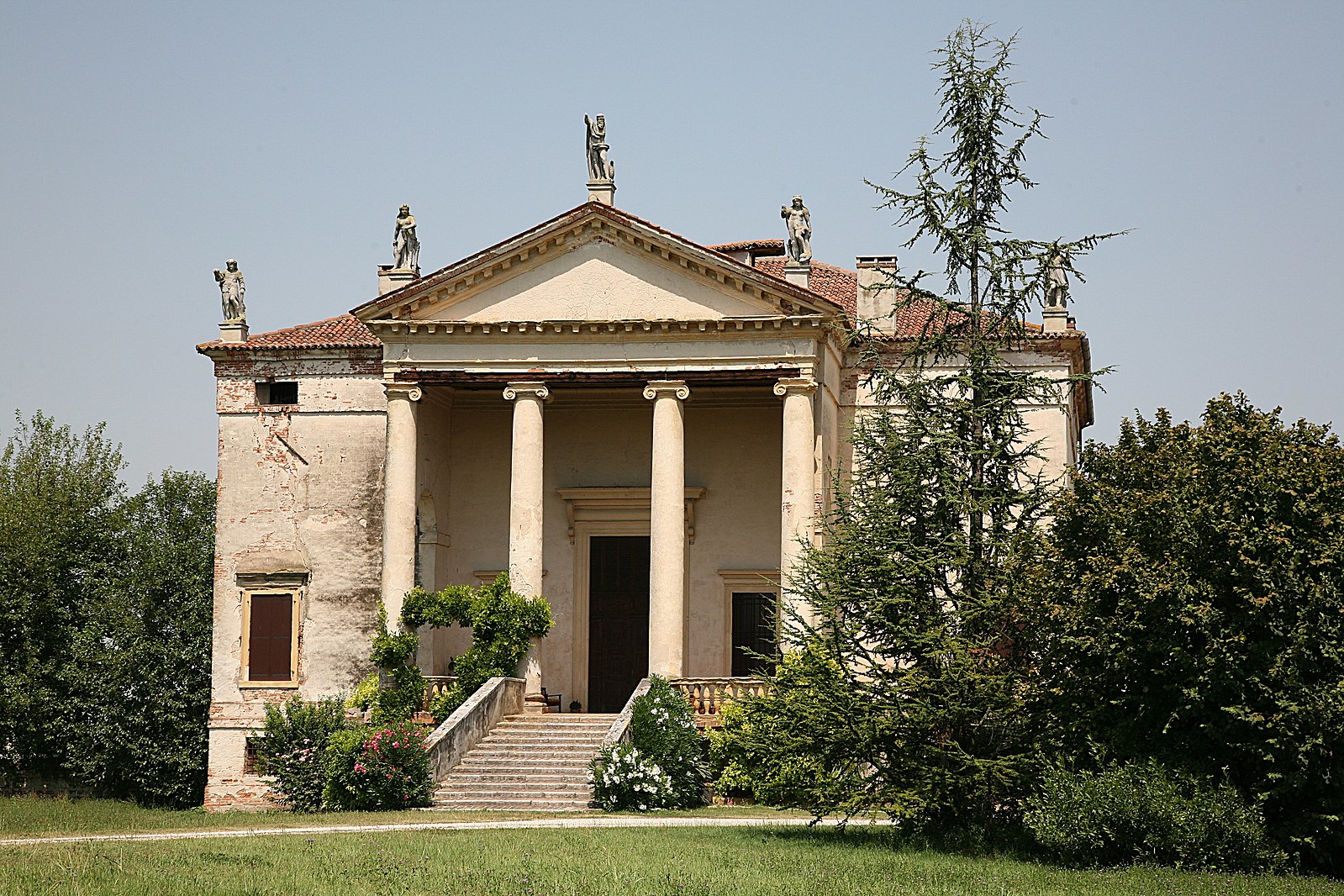
Villa Adriana, Tivoli
Metropolitan City of Rome, Capital
Villa Adriana or “Hadrian’s Villa” in Tivoli, outside Rome, was built in the 2nd century CE as a retreat for the Emperor Hadrian. It combines architectural elements from Greece, Egypt, and Rome. The complex includes residential and recreative buildings, gardens, and pools. Its rediscovery in the mid-15th century influenced the architects of the Renaissance and Baroque periods.
Villa d’Este, Tivoli
Metropolitan City of Rome, Capital
The 16th-century gardens of Villa d’Este are one of the first and best examples of Italian Renaissance gardens. The gardens have a geometric layout in line with Renaissance aesthetics and are
decorated with pools and fountains, designed by Pirro Ligorio. They had a large influence on European garden design.
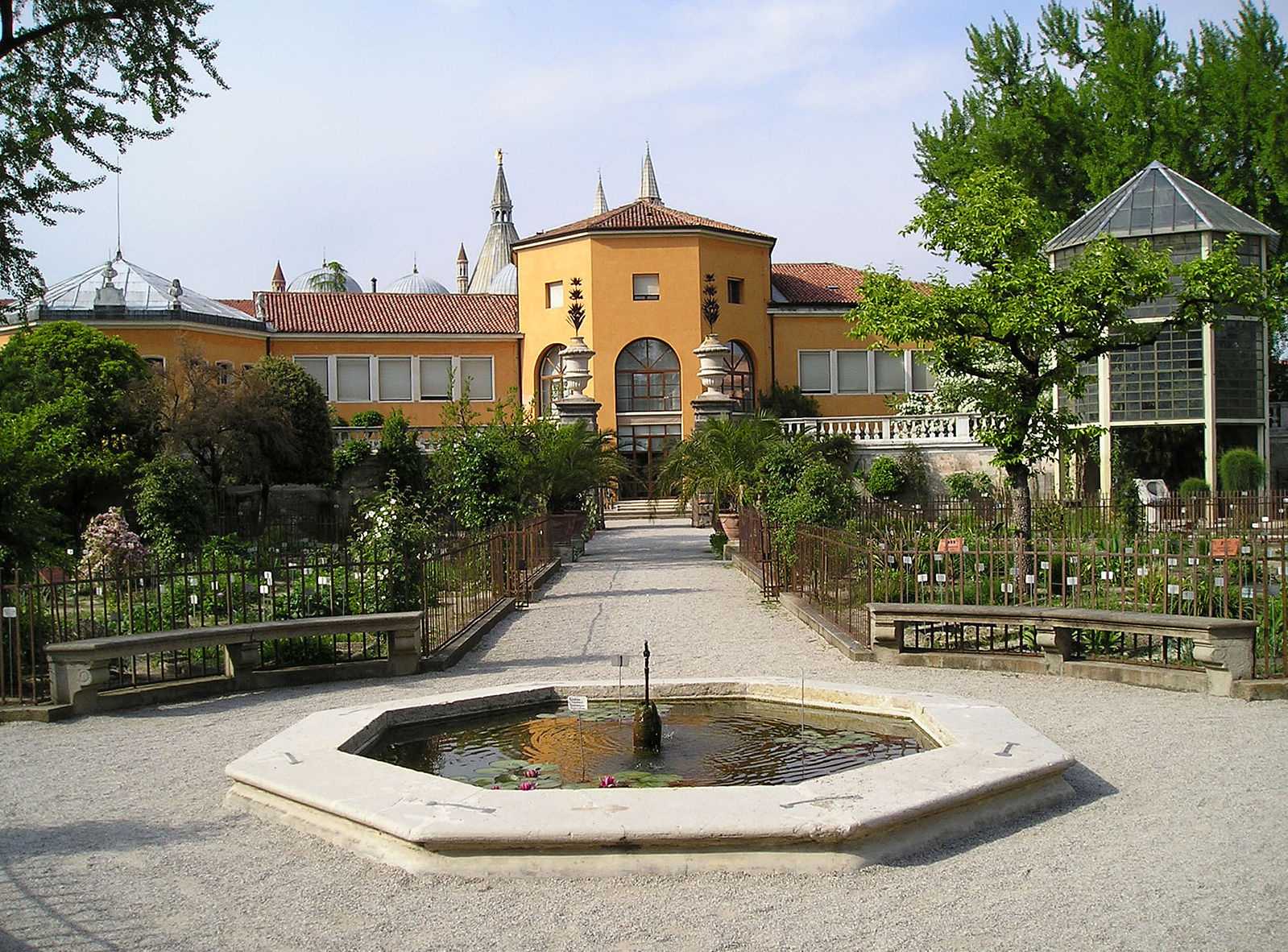
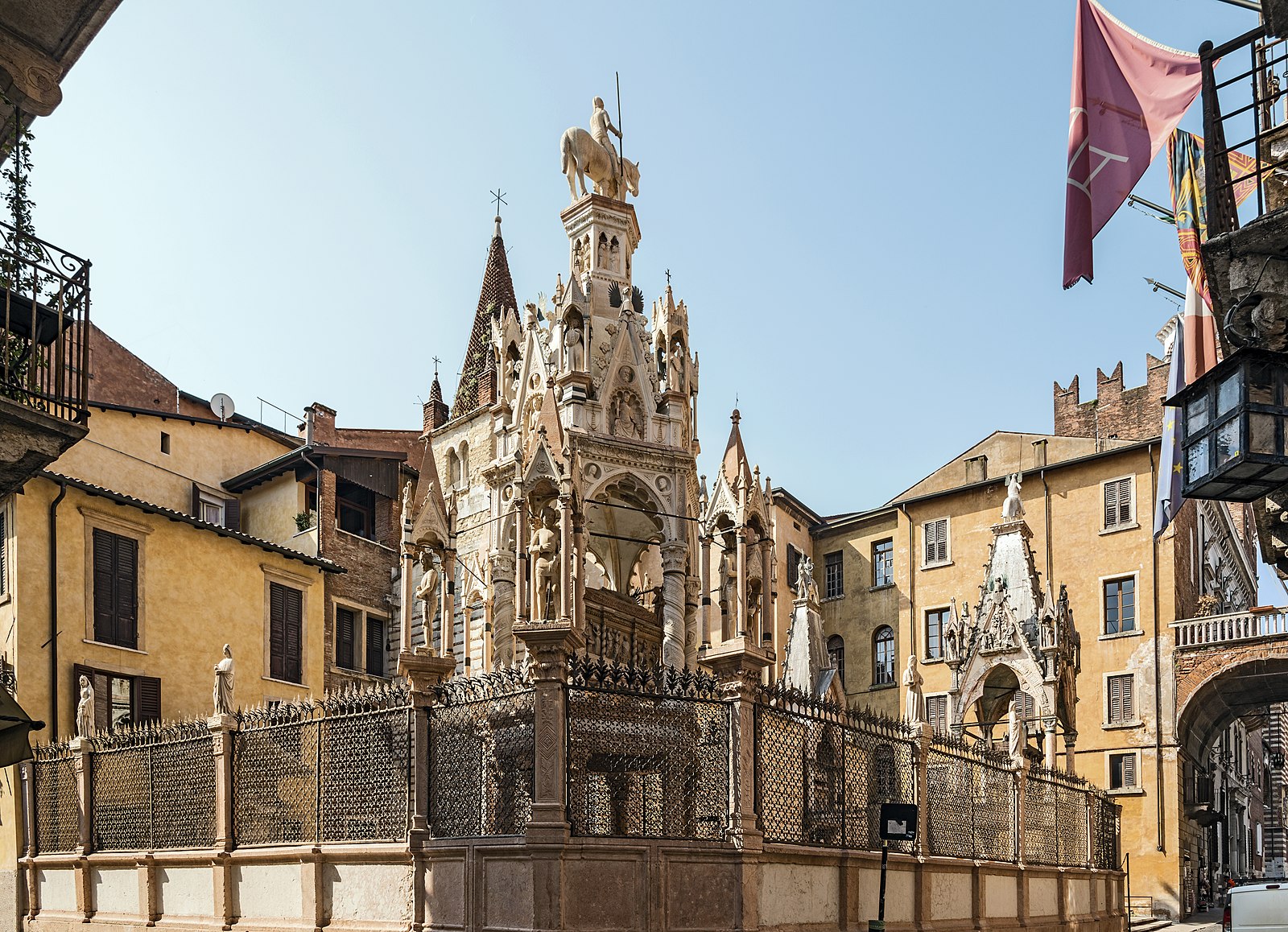
Etruscan Necropolises of Cerveteri and Tarquinia
Viterbo, Metropolitan City of Rome, Capital
Cerveteri and Tarquinia are two Etruscan cemeteries from the 9th to the 1st century BCE. Several tombs, which were designed as replicas of Etruscan houses, are decorated with outstanding wall paintings depicting scenes of daily life (the Tomb of the Leopards pictured).
UNESCO Intangible Cultural Heritage of Humanity
UNESCO ICHH deals with monuments and collections of objects. It also includes traditions or living expressions inherited from our ancestors and passed on to our descendants such as oral traditions, performing arts, social practices, rituals, festive events, knowledge and practices concerning nature and the universe of the knowledge and skills to produce traditional crafts.
The Saint is honored with a soaring sculpture that reaches 30 meters high carried by 100 men. The Macchina is an intricate illuminate structure. This tradition dates back to the mid 1600’s.

